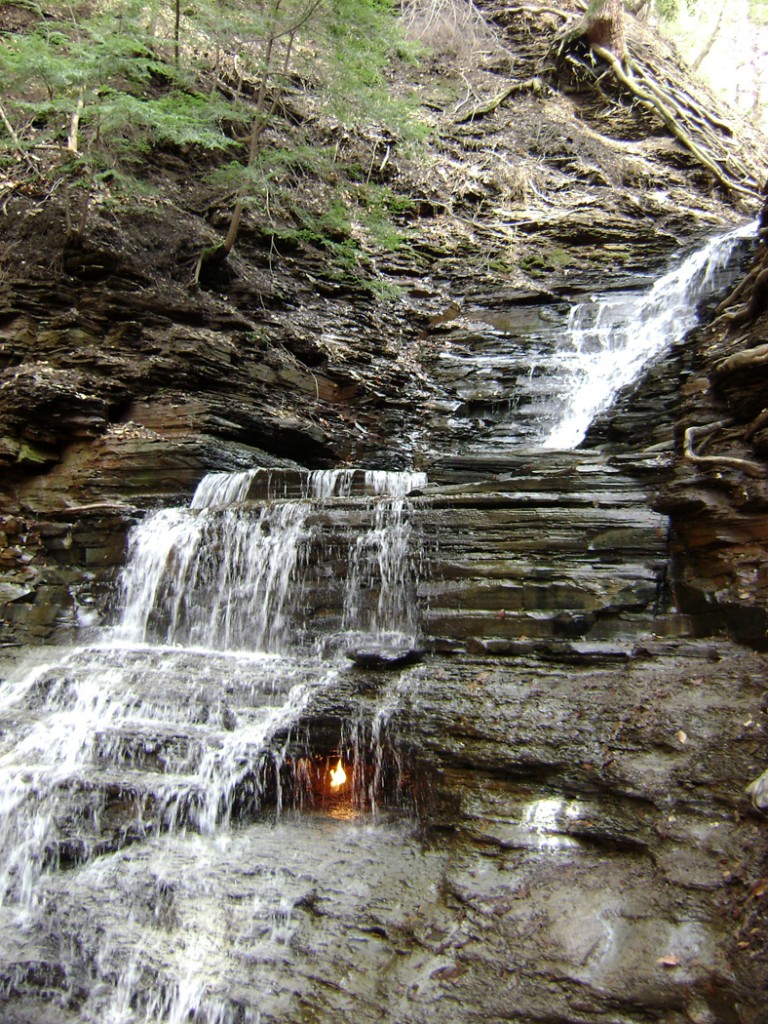Shakespeare fans may note the shout-out to Sonnet XXXV there in the title. That’s because our lovely hostess Ann has asked, “What Geological features about the area you call ‘home’ do you love? and what do you not like?” Simple answers to simple questions: love the variety, hate all the damned biology in the way. Well, I only hate the biology when I’m trying to look at geology and when it’s giving my asthma fits – apart from that, I actually love it quite a lot.
That’s the simple answer. But nothing’s ever simple, is it?
We’ll discuss Washington State as a whole, though I live very nearly in Seattle. And I’ll tell you what I love: I love living on a subduction zone. I love the mountains thrown up by it, and the exotic terranes stuck on any-old-how. I love the fact I can drive a half-hour from home, and see an old volcanic island floating in a sea of grass:
 |
| Mount Si, Snapped by my Intrepid Companion |
In the West, we’ve the ocean, with mountains crammed up and jammed up by the North American Plate busily overriding the Juan de Fuca Plate. We’ve the Sound, dropped low by earthquakes and carved out by Pleistocene glaciers. We’ve the Cascades, walling us off from the east. And they’re the reason I’m here: when I visited in 2000, saw Seattle nestled between the Olympics and the Cascades, those snow-capped peaks holding a city in the hollow of their cupped hands, I knew I’d come home. So what if it took another seven years before I managed to actually move here?
And of course, one of the first books I bought in preparation for the move up was Roadside Geology of Washington. I didn’t think I was moving up for the geology, actually – I’d come because it was where I set my books, and rationalized making the move by listing things like nice city, research purposes, all that rot. But when it comes down to it, geology brought me here and geology entices me to stay.
I have two things against this state: so much of its interesting geology is completely covered in biology, at least west of the Cascades. What’s not buried under plants, trees, brambles, ground cover, and other forms of life is usually lost under a deep cover of glacial till, so as far as seeing some of the features we know must be there, forget about it. Still, things peek out here and there.
| Mount Rainier Peeking Through Clouds and All the Damned Biology |
The other thing I have against Washington state is that so much of it is terribly young and overwhelmingly volcanic. Sometimes, I miss the limestones and sandstones of Arizona. But then I get the opportunity to see what happens to flood basalts that have had the mother of all floods scour them, and I feel much better about matters:
 |
| Dry Falls |
No one can look at that and say it’s not awesome, and then credibly claim to be moved by natural wonders. That, my friends, used to be a sea of basalt; millions of years later, Glacial Lake Missoula broke through its ice dam and unleashed the mother of all floods, turning this segment of basalt into a waterfall that dwarfs Niagara – all in the course of a few hours, and for just a few days. The marks of that flood cover an enormous area of eastern Washington. You can find traces of it under the Pacific Ocean. Arizona may be able to lay claim to about 2 billion years of geological history on display, but it ain’t got glacial floods and flood basalts like this.
It doesn’t have mountains like this.
| Tarn Near Sunset, Hurricane Hill, Olympic Mountains |
This is a complex state with young but fabulously complicated geology. When it comes right down to it, what I love is far greater than what I don’t. Even when the rain keeps me off the rocks, encourages more bloody biology, and makes some of the local geology go slip-sliding into the sea.
Such civil war is in my love and hate
That I an accessory needs must be
To that sweet thief which sourly robs from me.




